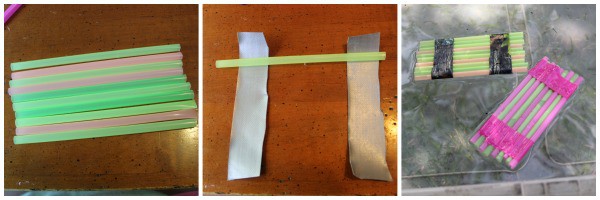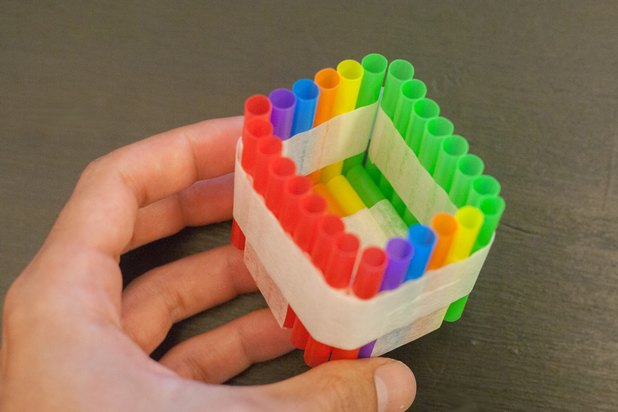Equipment
- Tarp with a grid on it
- Make the grid as big or small as your group will need it
- Pen
- Piece of paper
Objectives
Place the tarp on a flat surface with the grid side facing up. Select one member of the group to be the guide. Draw a grid on the piece of paper the same as the one on the tarp. The guide then chooses a course through the maze using 8-15 steps, and draws the course on the piece of paper using numbers.
The rest of the team lines up on one side of the maze and tries to guess their way through the course without the map. As the first person steps into a square, the guide will tell them whether or not that square matches the #1 on the map. If they are wrong, the guide makes a buzzing sound, and they must go to the end of the line and let someone else try. If they guess correctly, they can keep moving until they make a mistake. The team must try to remember the pattern on the map to eventually make it through the maze.
*The guide can be the CTRS/leader of the activity or you can assign a group member to do this.
Place the tarp on a flat surface with the grid side facing up. Select one member of the group to be the guide. Draw a grid on the piece of paper the same as the one on the tarp. The guide then chooses a course through the maze using 8-15 steps, and draws the course on the piece of paper using numbers.
The rest of the team lines up on one side of the maze and tries to guess their way through the course without the map. As the first person steps into a square, the guide will tell them whether or not that square matches the #1 on the map. If they are wrong, the guide makes a buzzing sound, and they must go to the end of the line and let someone else try. If they guess correctly, they can keep moving until they make a mistake. The team must try to remember the pattern on the map to eventually make it through the maze.
*The guide can be the CTRS/leader of the activity or you can assign a group member to do this.
Variation
Time them secretly on the first try. After successfully completing the course, tell them their time and then have them try it again (with a different way through the maze), timing them again. Discuss the differences.
Time them secretly on the first try. After successfully completing the course, tell them their time and then have them try it again (with a different way through the maze), timing them again. Discuss the differences.
Discussion
- How many times did you make a mistake because you couldn’t see the map?
- Do we live life by trial and error, or do we follow others advice/example?
- Why was there such a difference between the two times? Discuss urgency.
- Was this frustrating? How did you handle the frustration?
- Did anyone step forward to be the leader? How did they lead? How would this have worked out if no one stepped up to be the leader?
- Did everyone listen to each other?
- Could this have been solved if no one paid attention to their teammates going through?







































